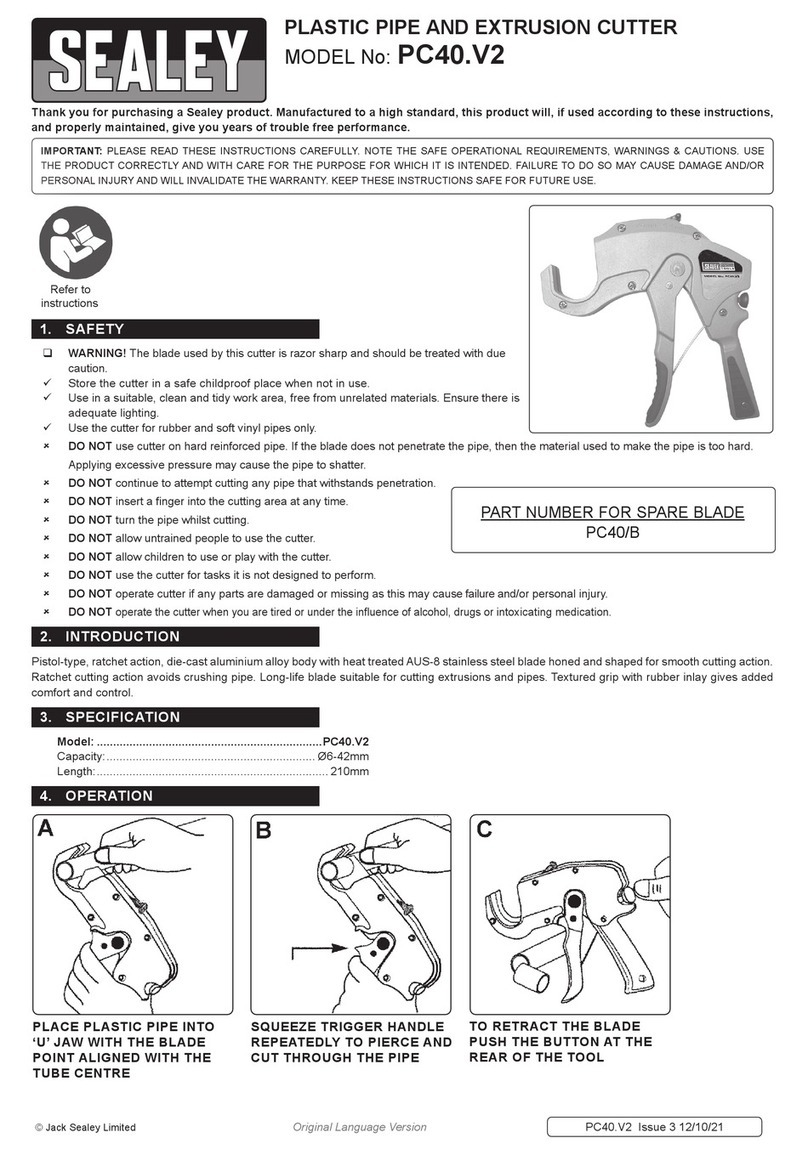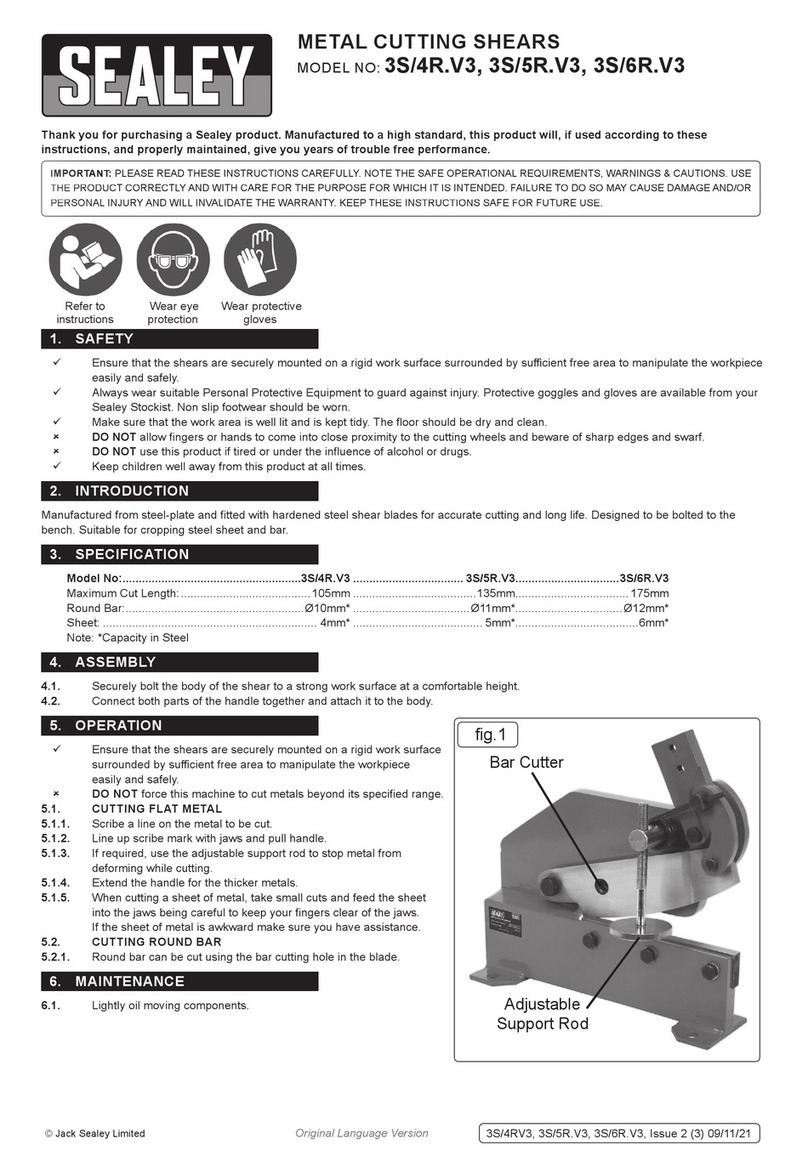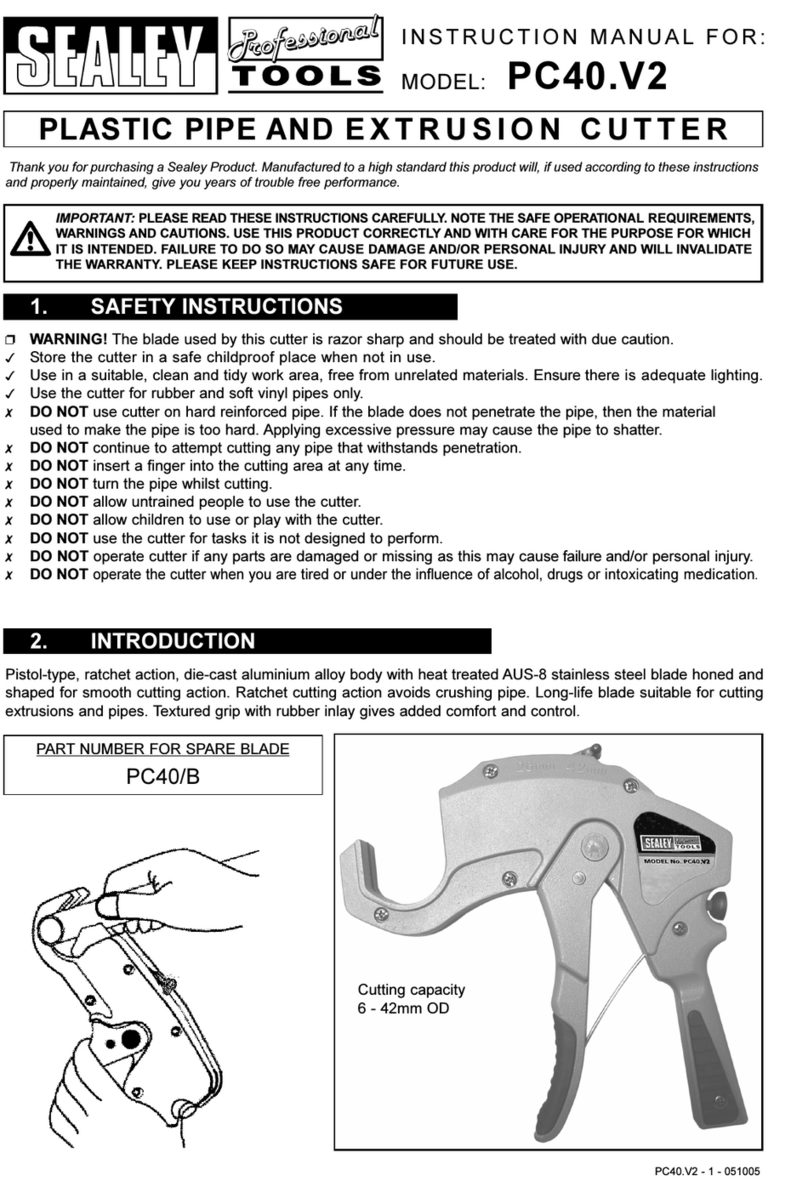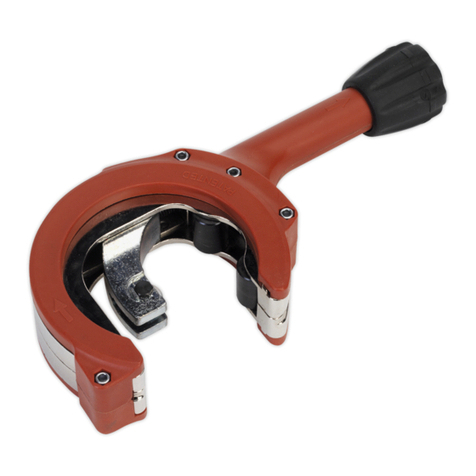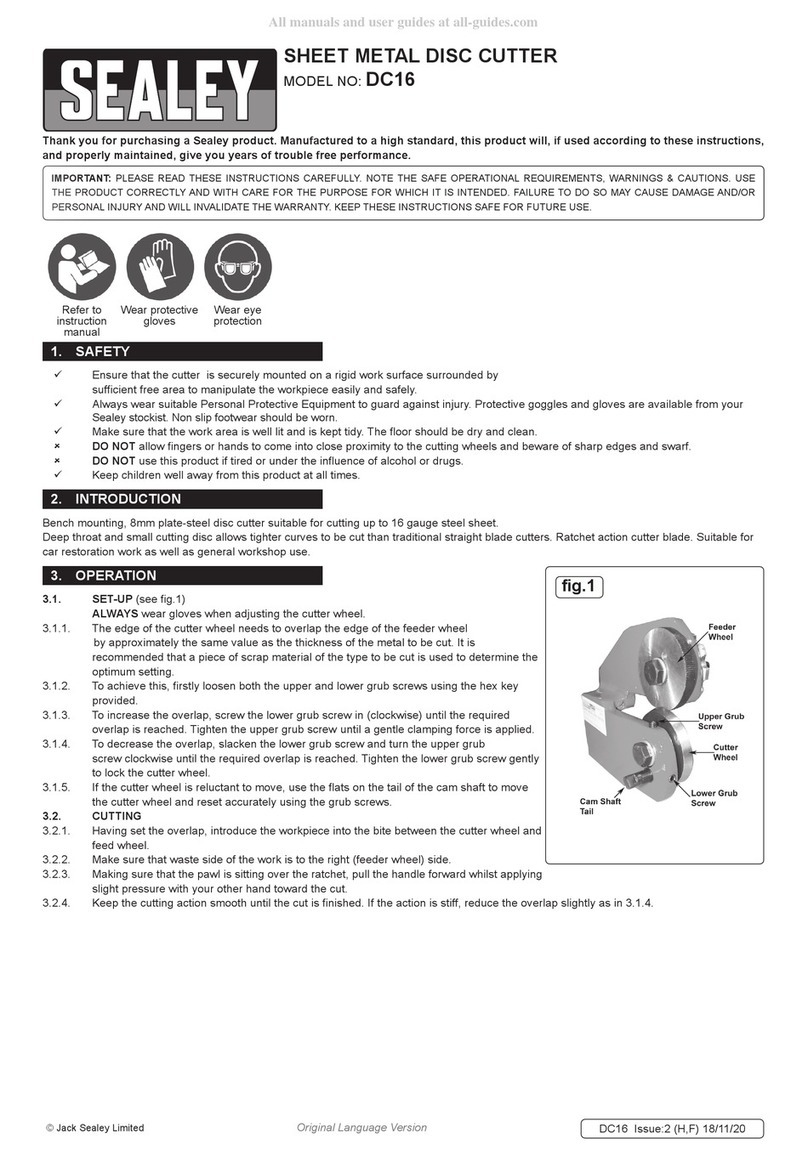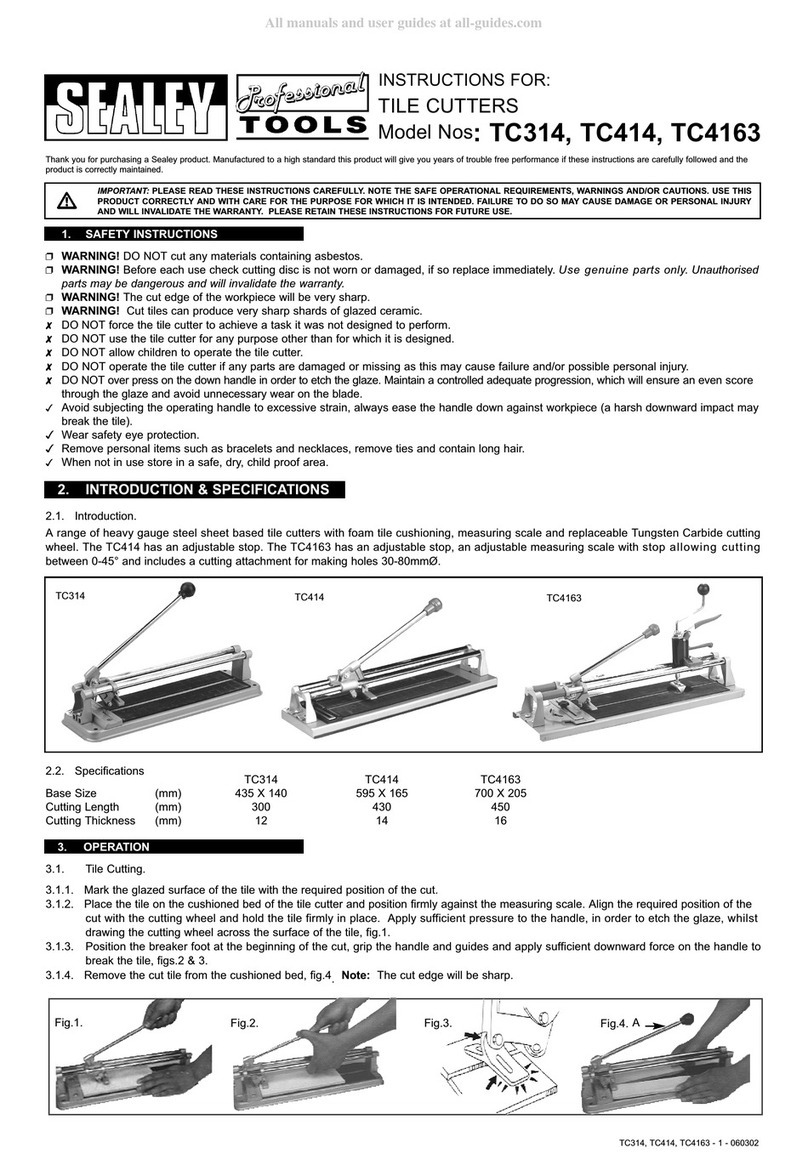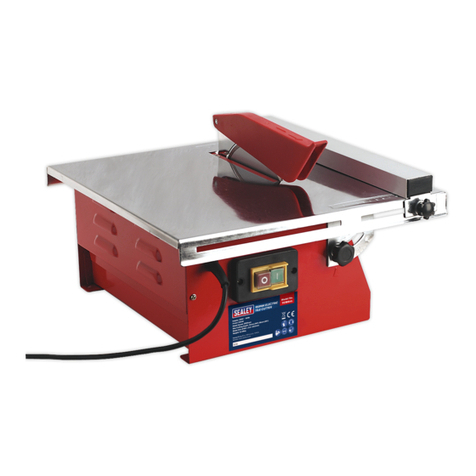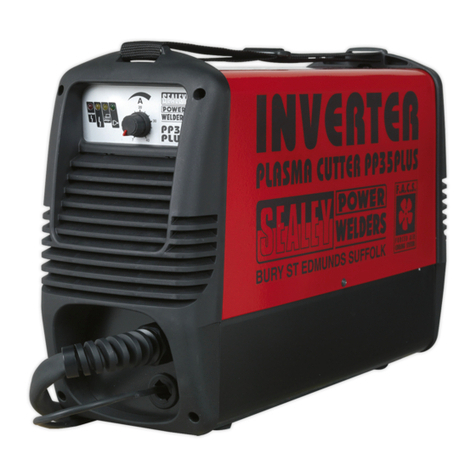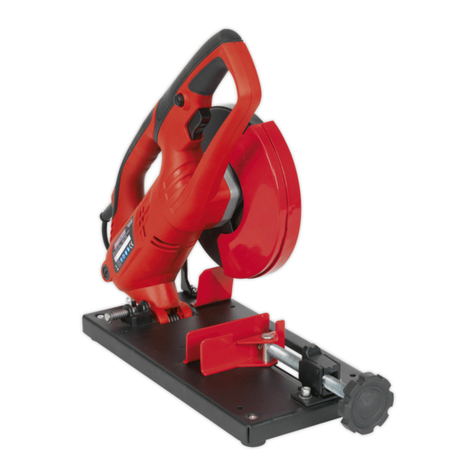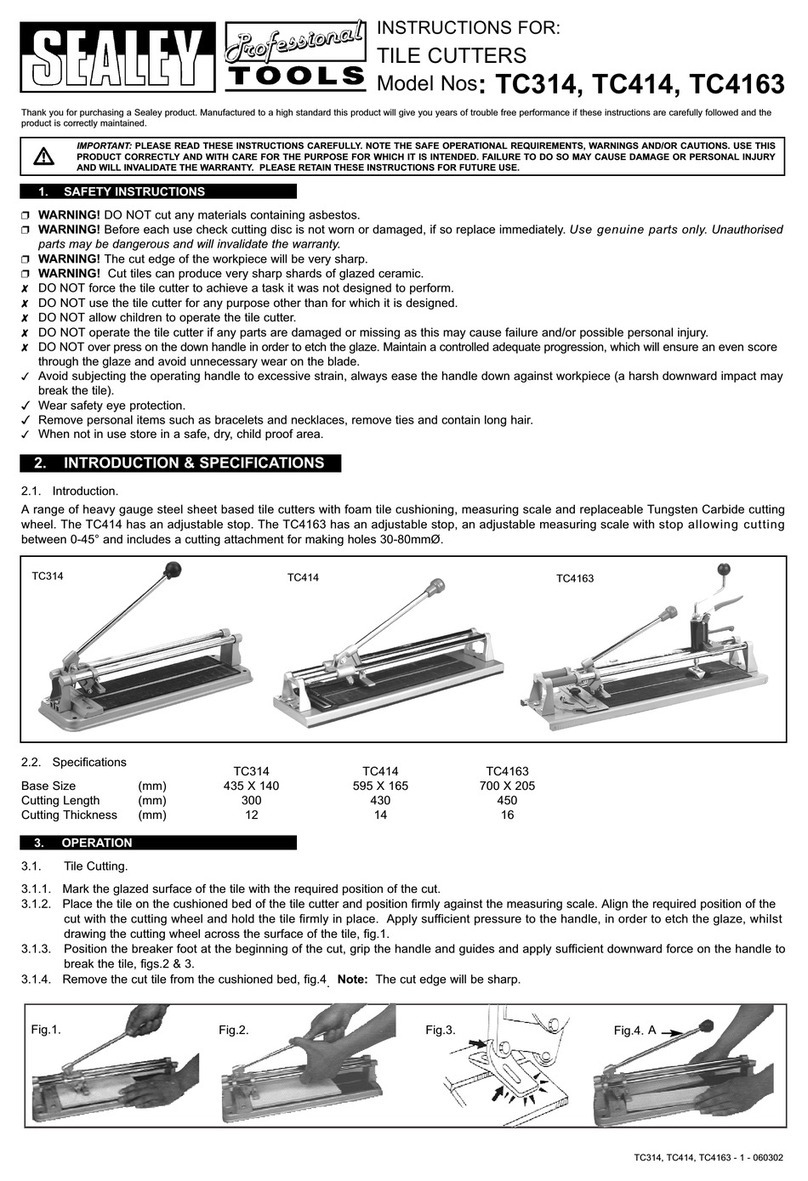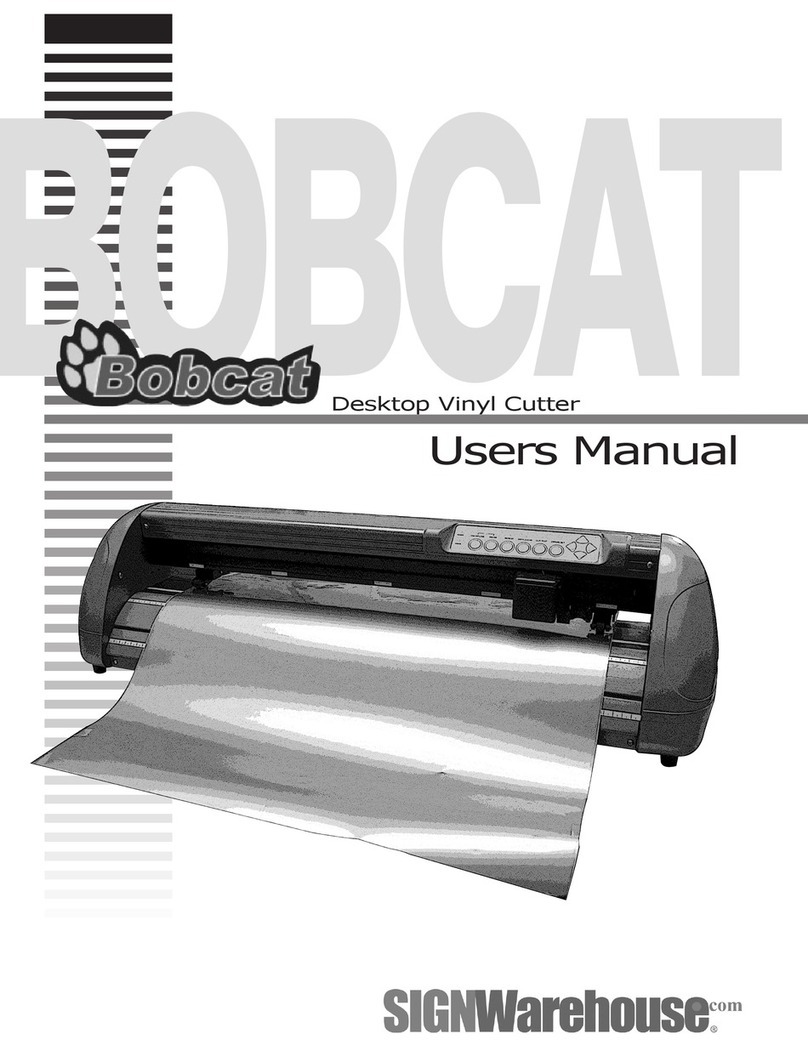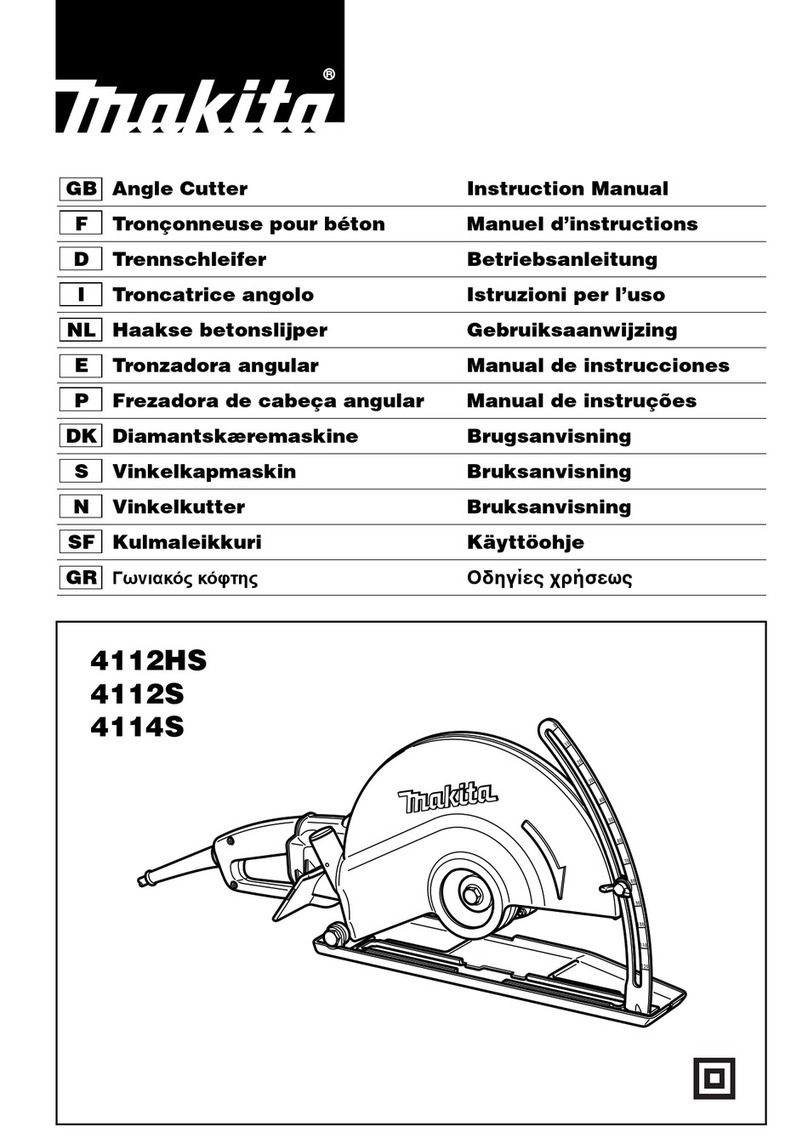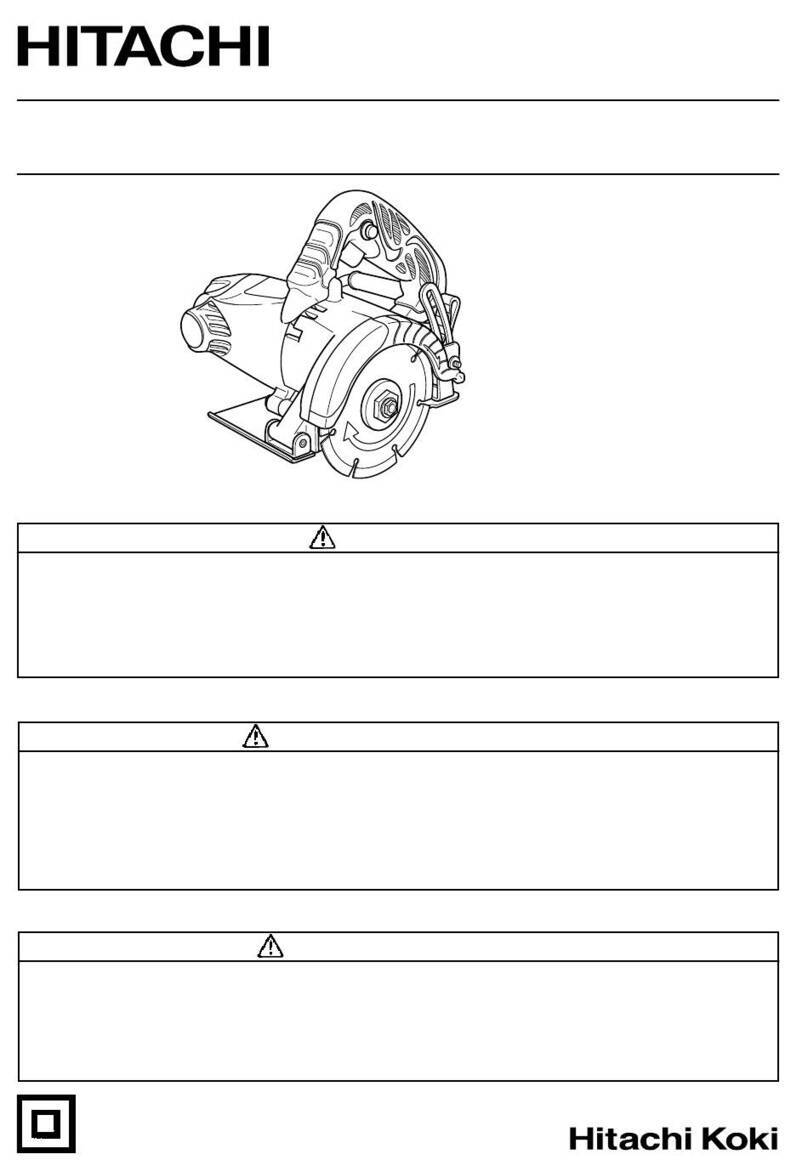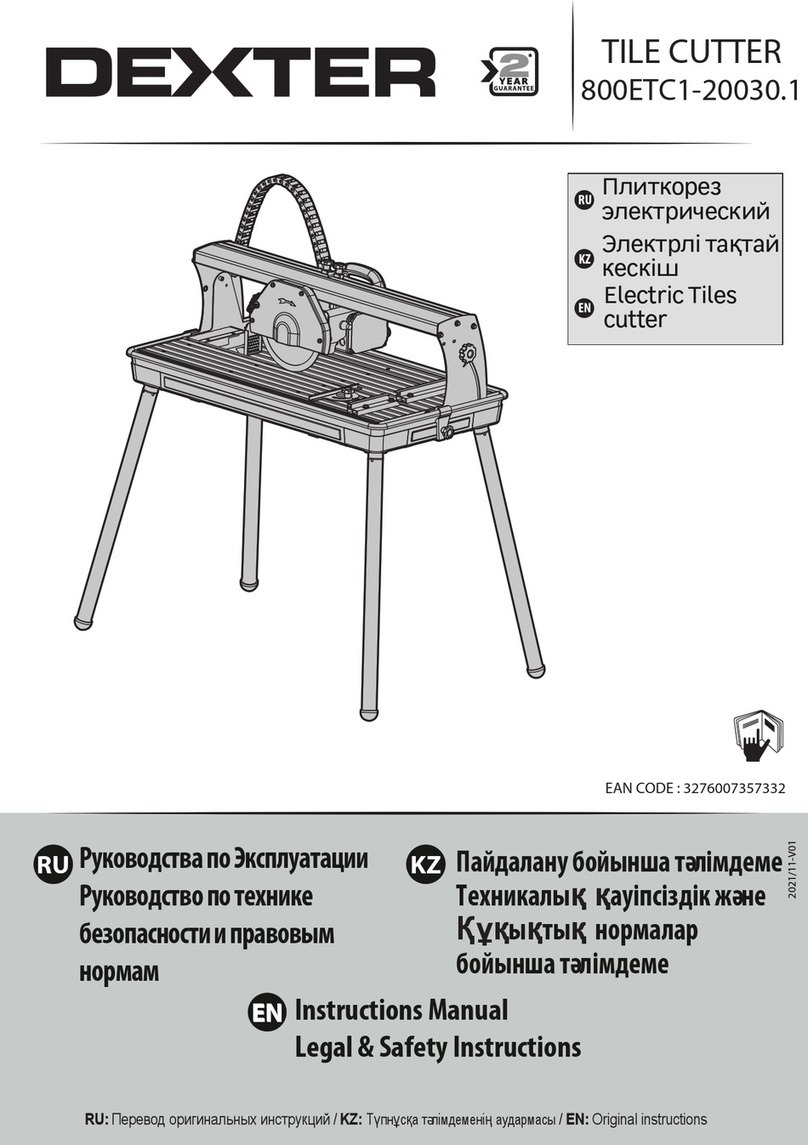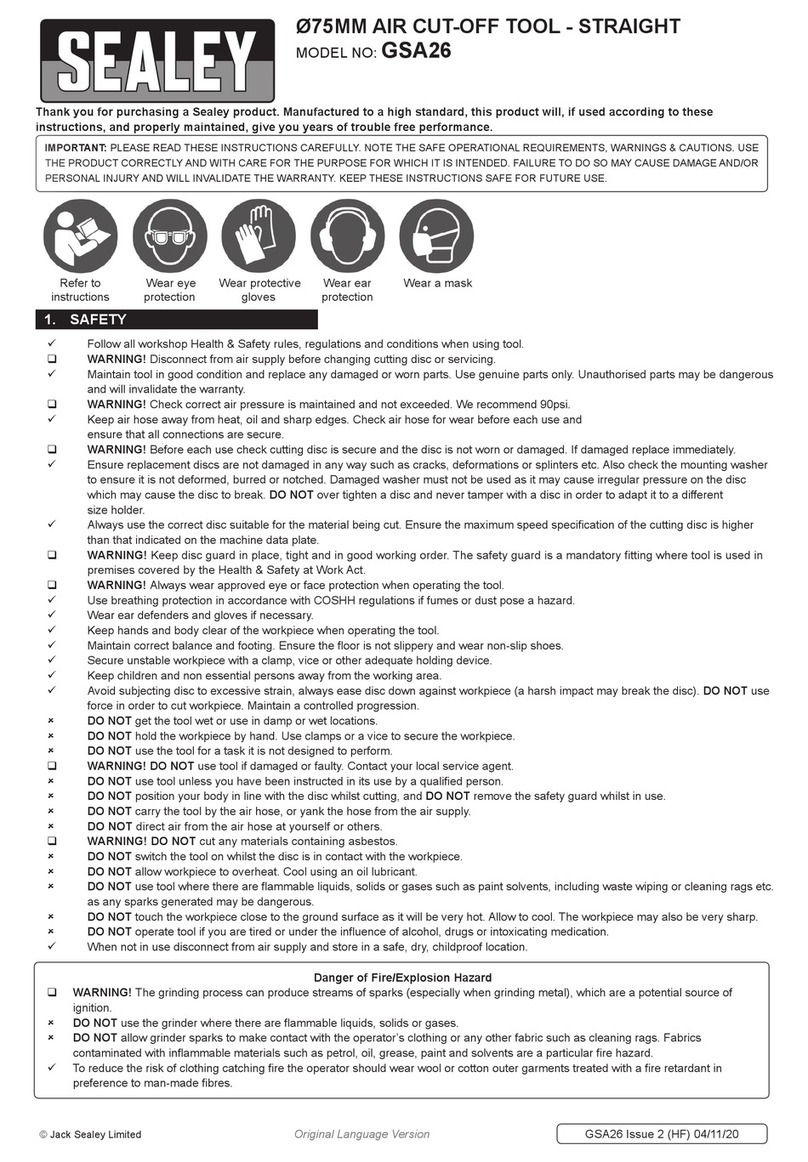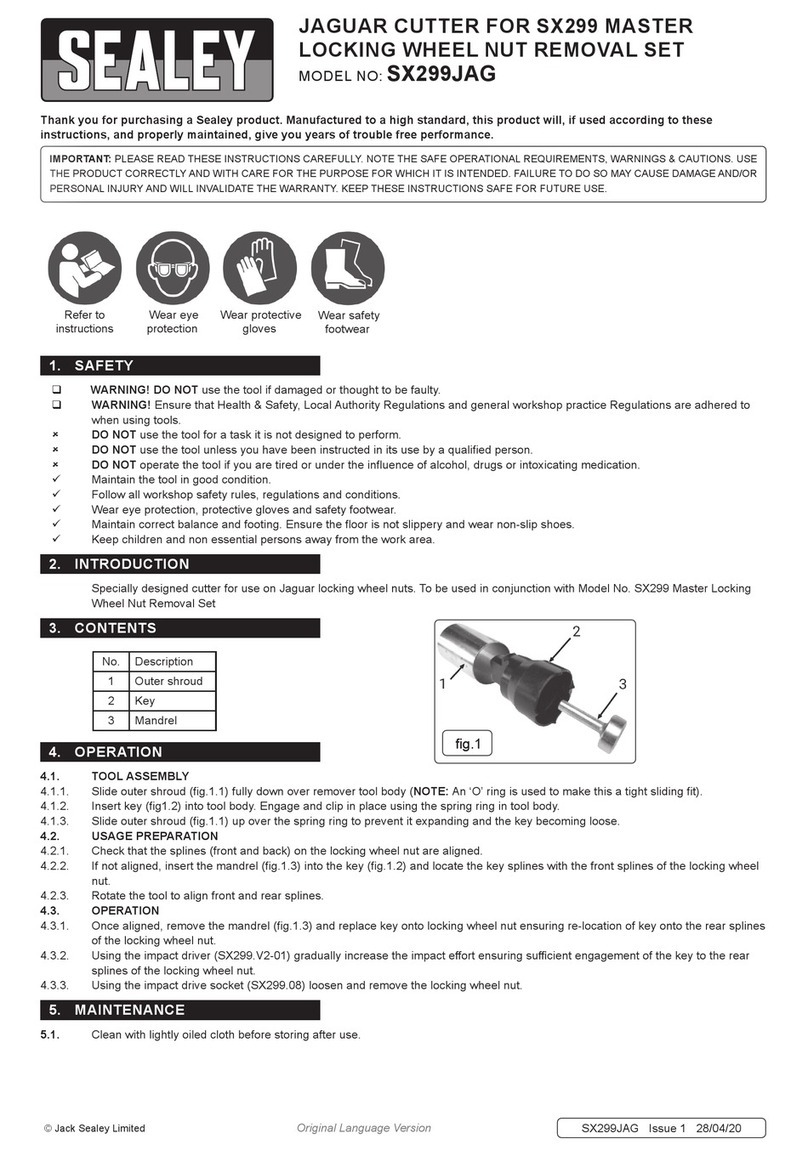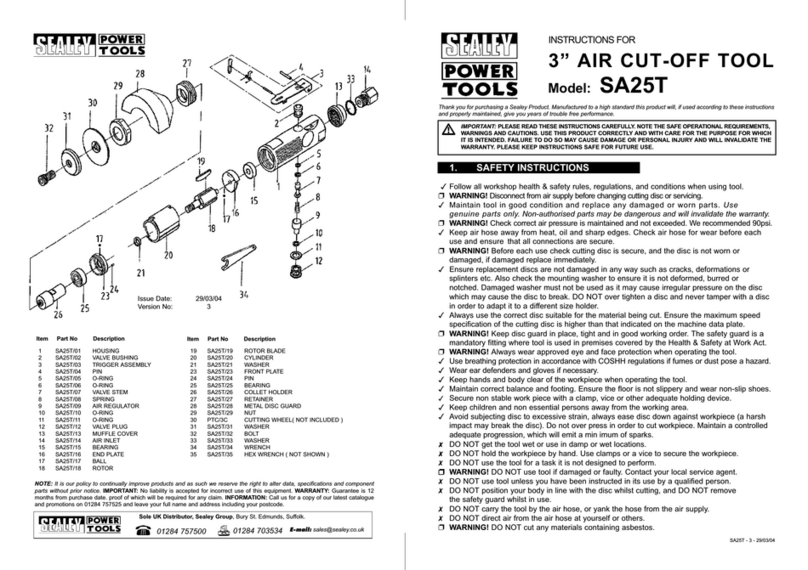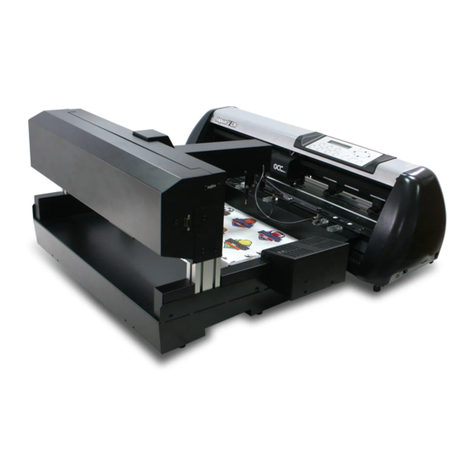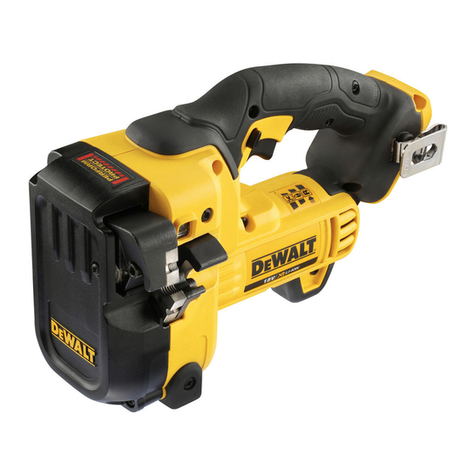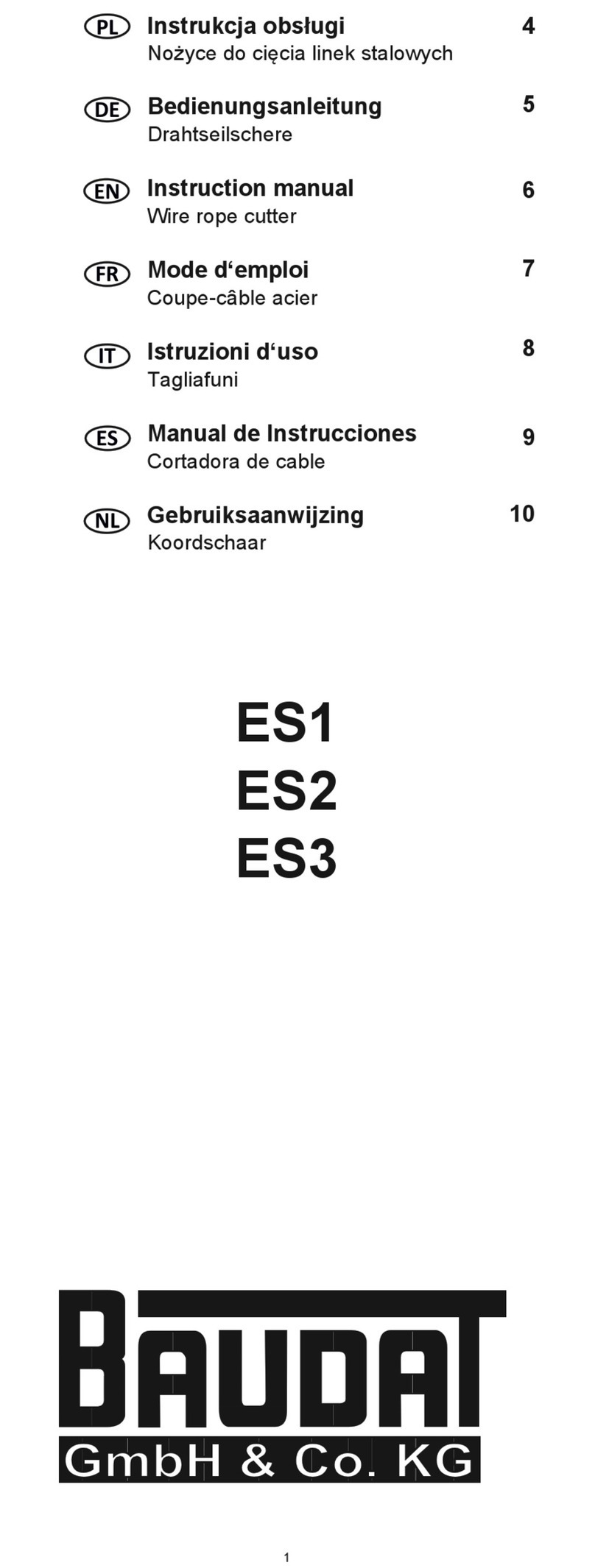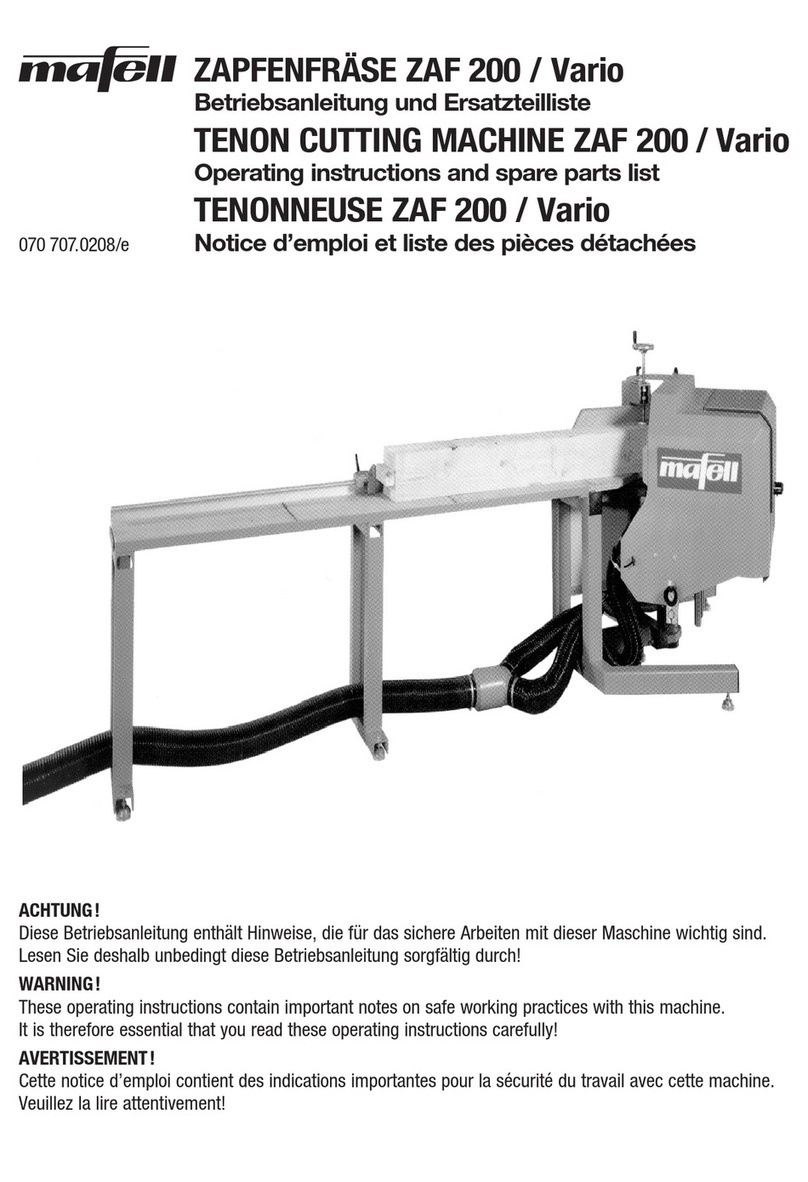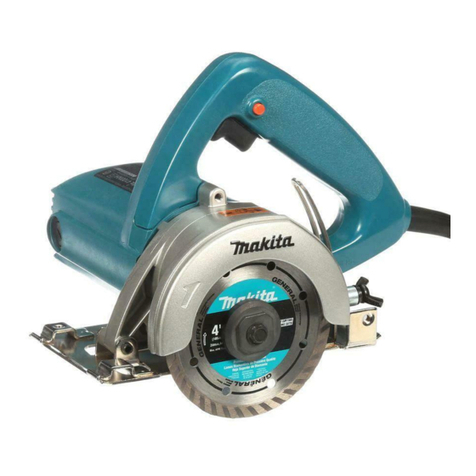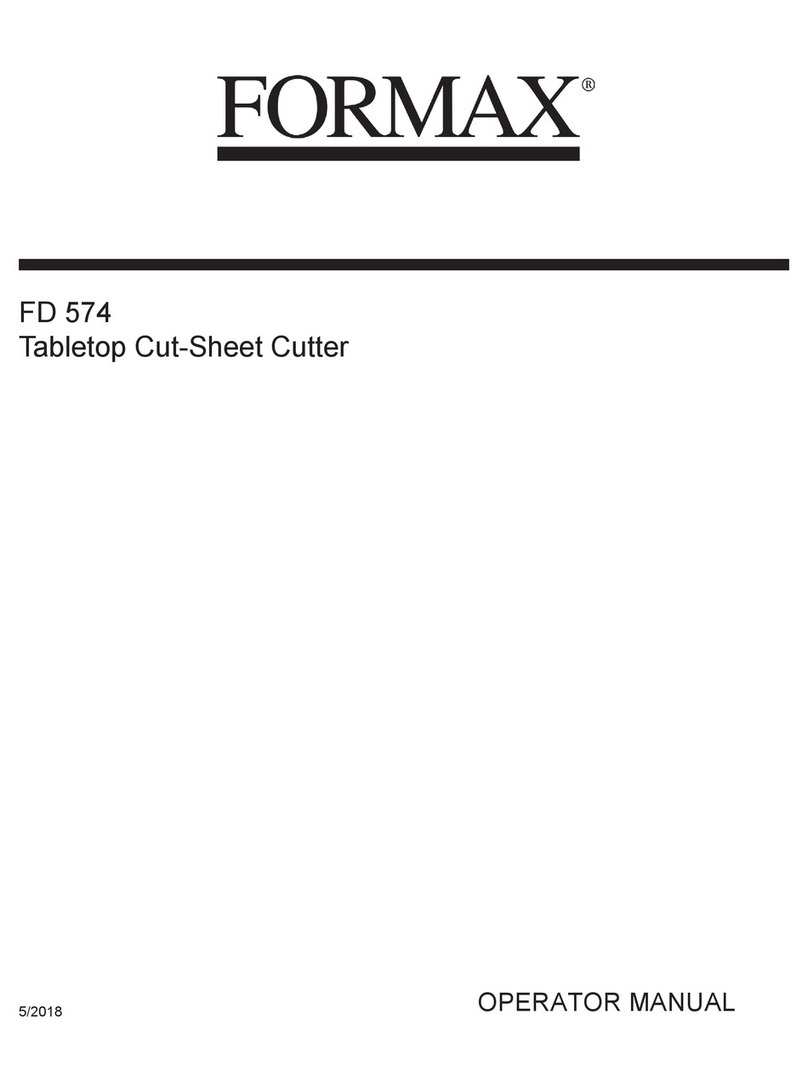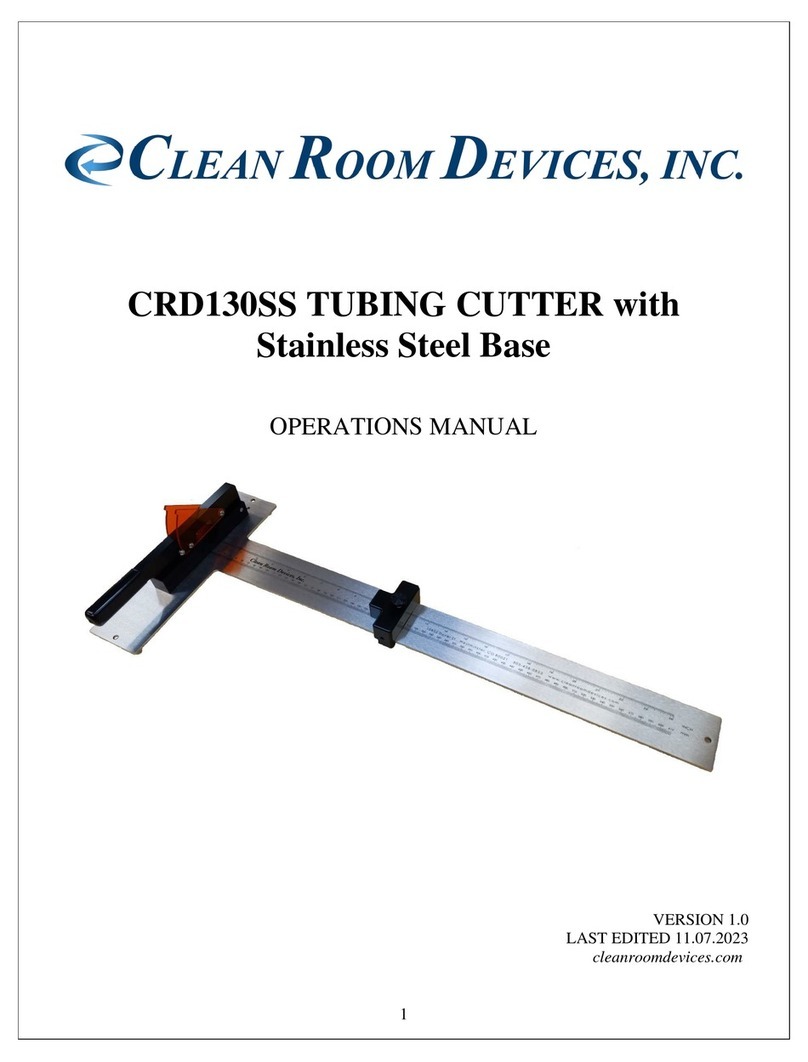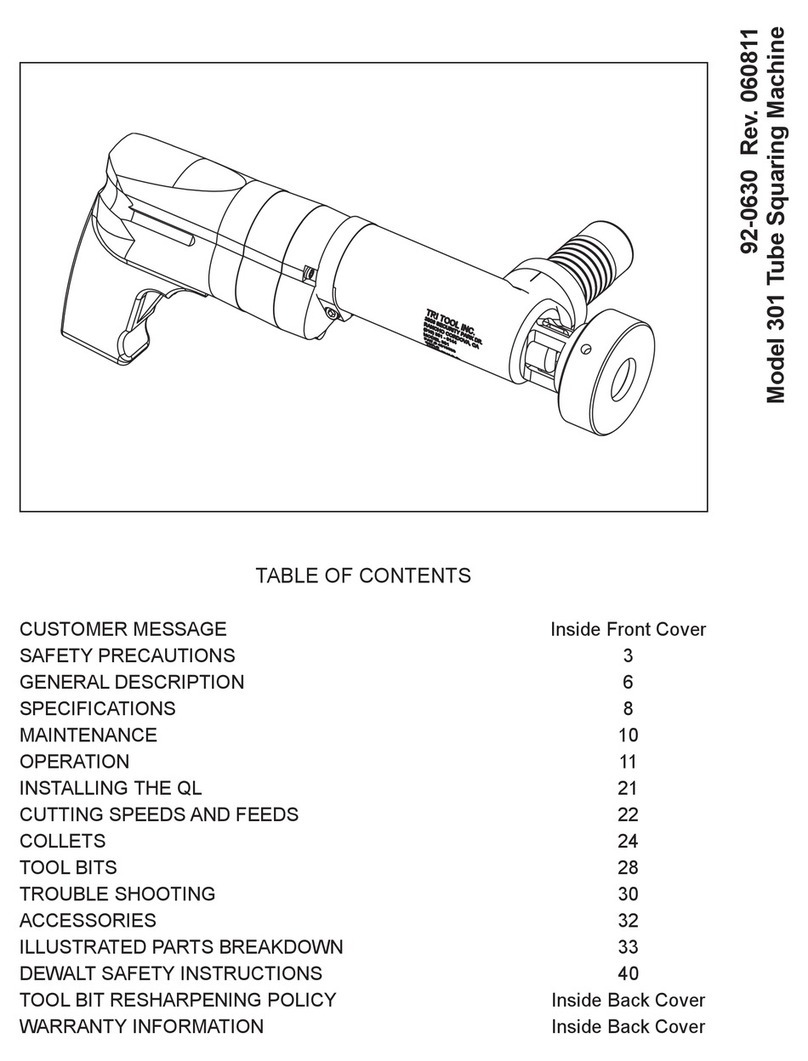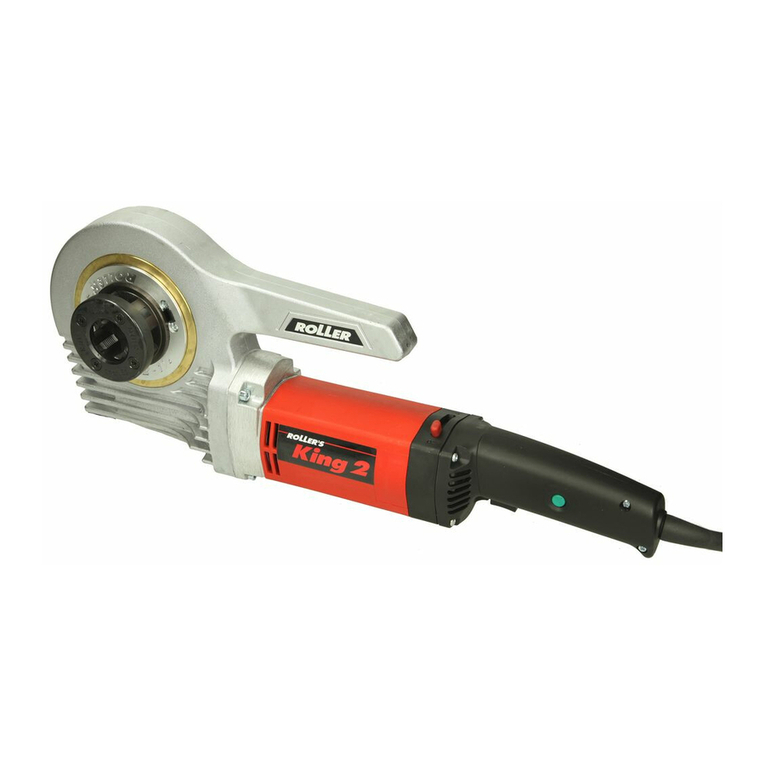
INSTRUCTIONS FOR:
PLASMA CUTTER
MODEL:PL120/1.V2
Thank you for purchasing a Sealey plasma cutter. Manufactured to a high standard this product will, if used according to these instructions and properly maintained,
give you years of trouble free performance.
IMPORTANT: BEFORE USING THIS PRODUCT, PLEASE READ THE INSTRUCTIONS CAREFULLY. MAKE CAREFUL NOTE OF SAFETY INSTRUCTIONS,
WARNINGS AND CAUTIONS. THIS PRODUCT SHOULD ONLY BE USED FOR ITS INTENDED PURPOSE. FAILURE TO DO SO MAY CAUSE DAMAGE
OR PERSONAL INJURY, AND WILL INVALIDATE THE WARRANTY. RETAIN THESE INSTRUCTIONS FOR FUTURE USE.
1. SAFETY INSTRUCTIONS
1.1. ELECTRICAL SAFETY. p
p
WARNING! Electrical installation of the plasma cutting unit must only be carried out by a qualified
electrician. Make sure that power supply cable is correctly connected to Earth Plate. It is the users responsibility to read,
understand and comply with the following:
You must check all electrical equipment and appliances to ensure they are safe before using. You must inspect power supply leads, plugs and
all electrical connections for wear and damage. You must ensure the risk of electric shock is minimised by the installation of appropriate safety
devices. An RCCB (Residual Current Circuit Breaker) should be incorporated in the main distribution board. We also recommend that an RCD
(Residual Current Device) is used with all electrical products. It is particularly important to use an RCD together with portable products that are
plugged into an electrical supply not protected by an RCCB. If in doubt consult a professional electrician. You may obtain a Residual Current
Device by contacting your Sealey dealer. You must also read and understand the following instructions concerning electrical safety.
1.1.1. The Electricity At Work Act 1989 requires all portable electrical appliances, if used on a business premises, to be tested by
a qualified Electrician at least once a year by using a Portable Appliance Tester (PAT).
1.1.2. The Health & Safety at Work Act 1974 makes owners of electrical appliances responsible for the safe condition of the appliance,
and safety of the appliance operator. If in any doubt about electrical safety, contact a qualified electrician.
1.1.3. Ensure the insulation on all cables and the product itself is safe before connecting to the mains power
supply. See 1.1.1. & 1.1.2. above and use a Portable Appliance Tester (PAT).
1.1.4. Ensure that cables are always protected against short circuit and overload.
1.1.5. Regularly inspect power supply, leads, plugs and all electrical connections for wear and damage,
especially power connections, to ensure that none are loose.
1.1.6. Important: Ensure the voltage marked on the product is the same as the electrical power supply
to be used, and check that plugs are fitted with the correct capacity fuse. A 13Amp plug may require
a fuse smaller than 13Amps for certain products (subject to 1.1.11. below)see fuse rating at right.
1.1.7. DO NOT pull or carry the powered appliance by its power supply lead. Products such as
welders must not be pulled or carried by their output cables.
1.1.8. DO NOT pull power plugs from sockets by the power cable.
1.1.9. DO NOT use worn or damage leads, plugs or connections. Immediately replace or have repaired by a
qualified Electrician.
1.1.10. DO NOT use this product with a cable extension reel.
1.1.11. This product will require MORE than a 13Amp electrical supply, so no plug will be fitted. You must contact a qualified Electrician to ensure a
30 Amp fused supply is available. We recommend you discuss the installation of a industrial round pin plug & socket with your electrician.
p
p
WARNING! Reminder, the electrical installation of the plasma cutting unit must only be carried out by a qualified electrician.
Make sure that power supply cable is correctly connected to Earth Plate.
p
p
WARNING! Be very cautious if using a generator to power the Inverter. The generator must be self regulating and stable with
regard to voltage, waveform and frequency. The output must be greater than the power consumption of the cutter. If any
of these requirements is not met the electronics within the cutter may be affected.
NOTE:The use of an unregulated generator may be dangerous and will invalidate the warranty on the cutter.
p
p
WARNING! The cutter may produce voltage surges in the mains supply which can damage other sensitive equipment ( e.g.
computers ). To avoid this happening it is recommended that the cutter is connected to a power supply that does not feed
any sensitive equipment.
1.2. GENERAL SAFETY
s
s
DANGER!: Direct contact with the plasma cutter circuit or torch is dangerous. You MUST unplug the cutter from the mains power supply,
(and the compressed air supply) before connecting or disconnecting cables or performing maintenance or service.
3 Keep the plasma cutter, cables and torch in good working order and condition. (Take immediate action to repair or replace damaged parts).
3 Use recommended parts and accessories only. (Non recommended parts may be dangerous and will invalidate the warranty).
3 Only use the cutting torch provided with the system, and ensure any replacement is of the same type.
3 Use the plasma cutter in an adequate working area for its function. Ensure the area has adequate ventilation as welding fumes are harmful.
For enclosed areas we recommend the use of an air and smoke extraction system. If you are not able to provide adequate extraction
and/or ventilation, wear a respirator suitable for protection against toxic fumes, smoke, and gases.
3 Ensure there are no obstructions to the flow of clean cool air and ensure there is no conductive dusts, corrosive vapours or humidity which
could enter the unit and cause serious damage.
p
p
WARNING: use a welding head shield to protect your eyes and avoid exposing skin to the ultraviolet rays given off by the electric arc.
Always wear protective clothing, insulating gloves and shoes. Keep all protective items clean and undamaged.
3 Remove ill fitting clothing before wearing protective clothing, also remove ties, watches, rings, and other loose jewellery, and contain long hair.
3 Stand correctly keeping a good footing and balance, and ensure the floor is not slippery, and wear non-slip shoes.
3Ensure the workpiece is correctly secured before operating the plasma cutter.
3Avoid unintentional contact with workpiece. Accidental or uncontrolled switching on of the torch may be dangerous and will wear the nozzle.
3 Keep unauthorised persons away from the working area, and any persons working within the area must wear the same protective items.
7 DO NOT use cables and torch if the insulation is worn or connections are loose.
7 DO NOT attempt to fit any non authorised torches, components, or parts to the plasma cutting unit.
7 DO NOT cut surfaces that are painted, galvanic coated, oily or greasy.
7 DO NOT use cables over 10m in length.
7 DO NOT use any metallic structure which is not part of the work piece to substitute the return cable of the plasma current.
s
s
DANGER! DO NOT cut near inflammable materials, solids, liquids, or gases. Remove all flammable materials such as waste rags etc.
7DO NOT cut containers or pipes which have held flammable materials or gases, liquids or solids. DO NOT cut materials that have been
cleaned with chlorinated solvents (or near such solvents) as vapours from the arc action may produce toxic gases.
7 DO NOT operate cutter while under the influence of drugs, alcohol or intoxicating medication, or if fatigued.
7DO NOT force the plasma cutter to achieve a task it was not designed to perform.
FUSE RATING
TO GAIN MAXIMUM
OUTPUT THE PLASMA
CUTTER MUST BE
CONNECT TO A
30 Amp FUSED
ELECTRICAL SUPPLY
PL120/1.V2 - 1 - 021202
